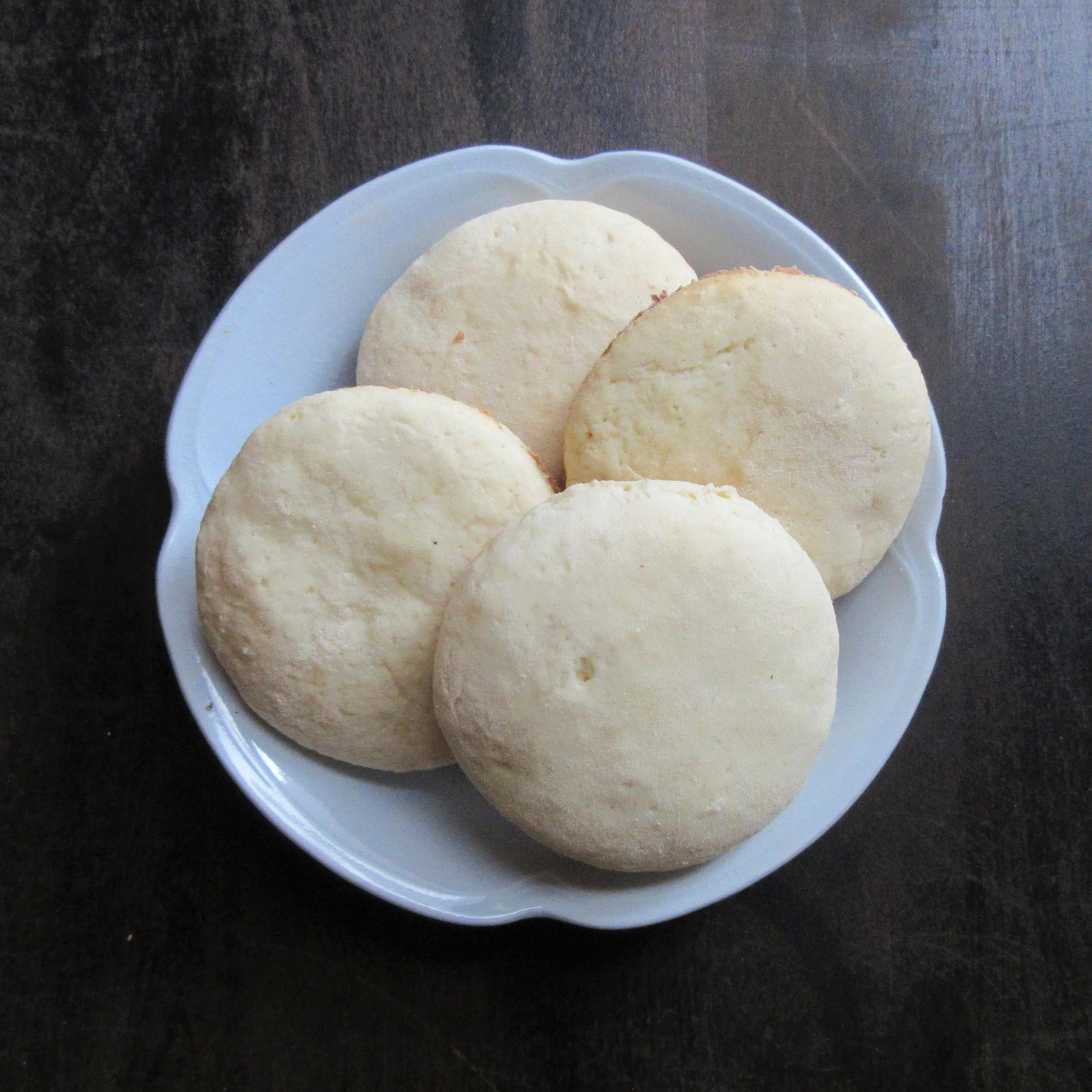Ammonia Cakes
/Ammonia Cakes: probably the least appetizing cookie name that I’ve ever come across. These cakes use ammonium bicarbonate (baker’s ammonia) as the leavening agent and I assure you that they don’t taste like ammonia, but they will temporarily stink up your kitchen while they bake! Ammonia Cakes fall on the bland side of the cookie spectrum, so I was lucky to find the recipe Icing for Cake in the same recipe book and I iced them the next day.
Added later: If you’re interested in learning more about Baker’s Ammonia or Ammonium Bicarbonate, continuing reading after this recipe to find out some history and background about this leavening agent.
If you’re more interested in baking a delicious cookie that uses Baker’s Ammonia, head over to my Cup Cookies recipe (I don’t recommend baking Ammonia Cakes).
Read More










